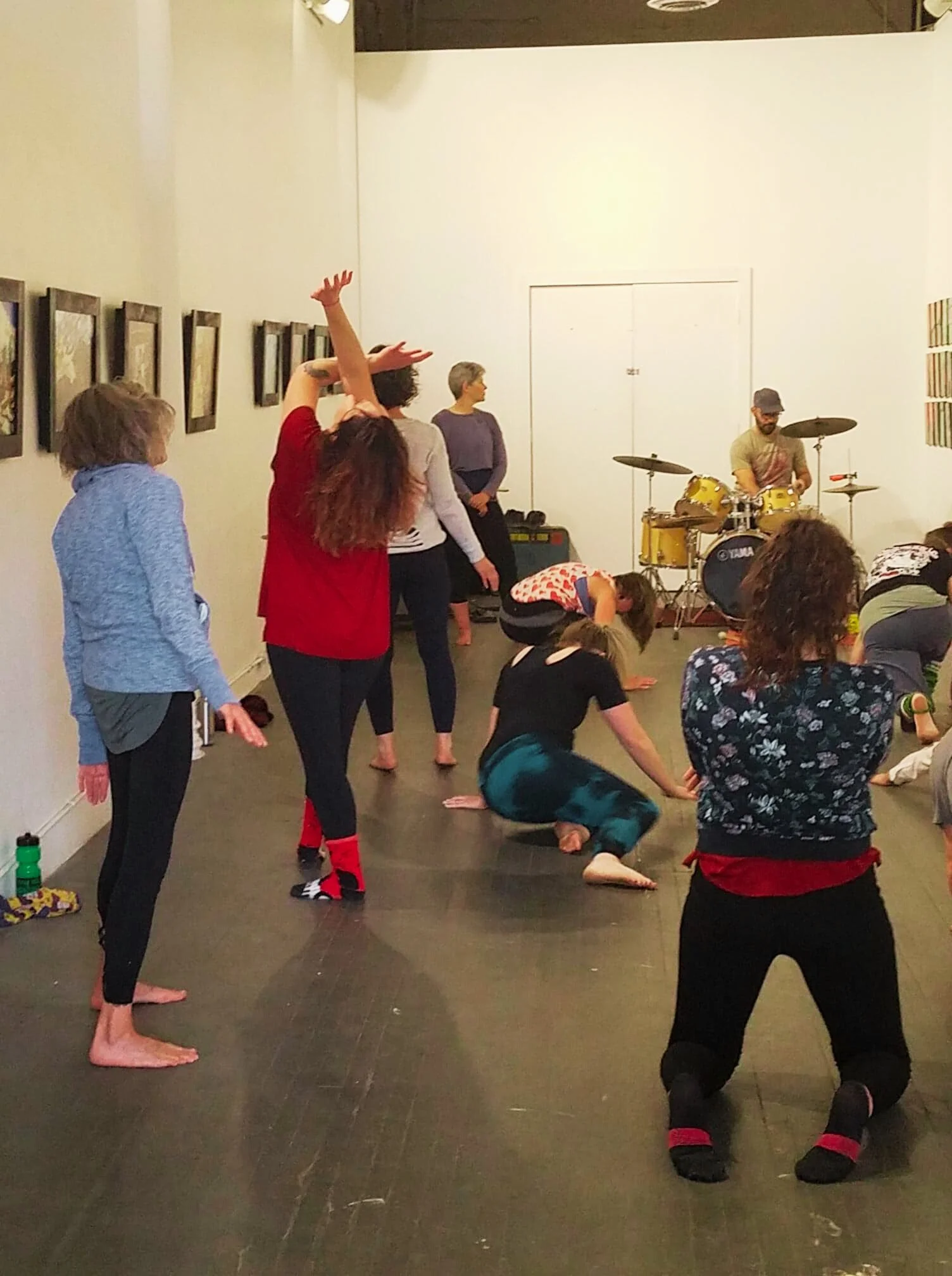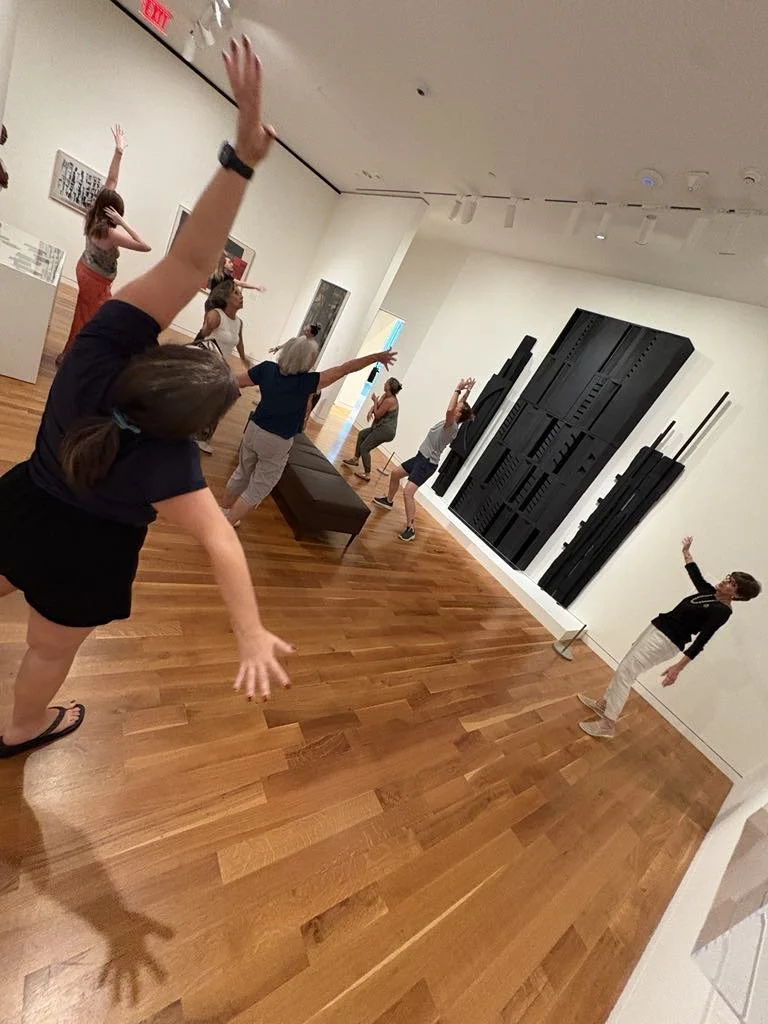I’ve been yelling/teaching/prompting “breathe and wait” in classes since the earliest days of Girl on Fire Movement Studio (RIP beautiful studio). Now I tend not to say it enough (and I’ll be changing that). But also? I myself do not always really hear it even as it comes out of my own damn mouth.
And of course, this prompt is not just for movement class but it’s meant to — via movement classes — become so engrained in us that it leads in our wider lives.
Right now? This season of anticipation (advent, the coming solstice, all of it…) and this season of endings (calendars might be made up but they’re based on real things like the sun’s travels and the moon’s cycles)… it seems like the perfect season to really practice breathe and wait in our daily lives and rituals.
Instead of hustling more or seeing how much you can get done in these last days of this year (and how do we continue to hear that advice from the whole coaching community still???)… instead of hustling, let’s just stop.
Let’s breathe and wait.
Breathe and wait to see what peace we can find in these quiet darker days.
Breathe and wait to discern what’s working in our lives — from relationships to routines to work to practices of all kinds.
Breathe and wait.
Pause. Observe. Feel. Listen. Just wait.
Breathe and wait is always followed by allow but we’ll let that off to the side for now.
I felt myself going into hustle mode about halfway through November. I was freaking out about projects I didn’t accomplish this year and I was looking for ways to squeeze them in and luckily I noticed and I stopped.
These last days as we wind down are just not the time for that.
I’m going to focus on connection, rest, and simmering.
I’ll be breathing and waiting as I:
Get back into paper based journaling and planners and what a joy this has been. Slowing down enough to write slowly instead of hammering away at a computer has been both difficult and delightful.
Read more and more and more. And read more deeply. I’m planning a personal curriculum for the winter semester and I’ll be writing about that some time soon.
Turn on twinkle lights and light candles and stretch in the evening on the floor with cats milling about.
Dream about what’s possible without laying down any really solid plans.
Connect to my loves and my inner circle of peeps.
What about you?






